Do you know? Strong hip abductors aren’t just for athletes — they’re essential for everyday activities like walking, standing, and balancing on one leg. Weak abductors can be the hidden culprit behind poor posture, lower back pain, and even knee injuries.
Here’s the twist: Many people skip abductor training or rely only on bodyweight moves — but with the right equipment, you can level up your hip strength faster, safer, and more effectively.
In this post, we’ll dive into 11 abductor exercises using equipment that go beyond basic side leg lifts. These exercises will build stability, enhance performance, and reduce injury risk — all while sculpting your outer hips and thighs. Let’s get to work!
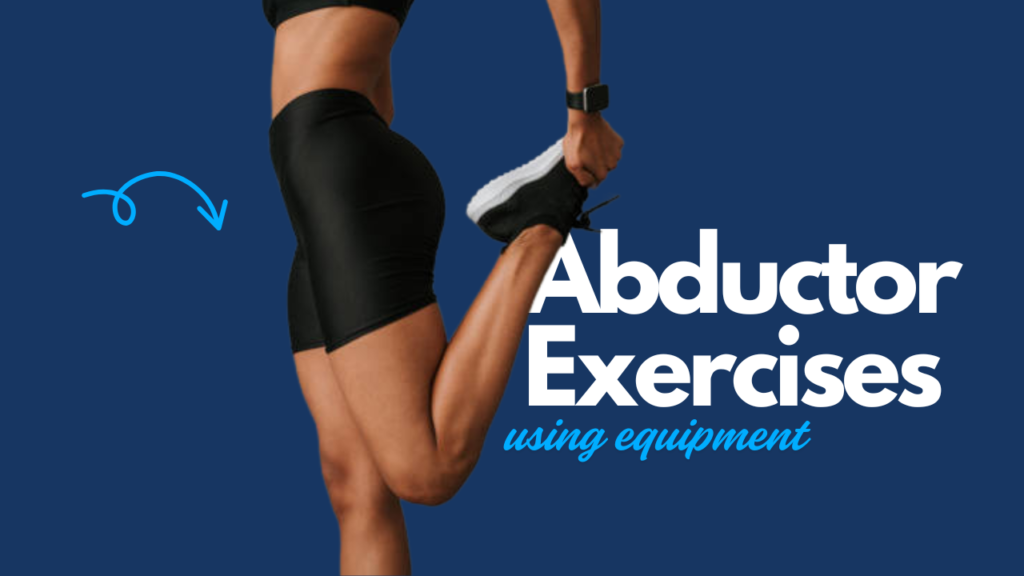
Table of Contents
What Can Happen After 30 Days of Abductor Exercises
| Benefit/Change | What You May Notice |
|---|---|
| Improved Hip Strength | Increased power during side movements, squats, and lunges. |
| Better Balance & Stability | More control while walking, running, or standing on one leg. |
| Reduced Knee or Lower Back Pain | Less discomfort from daily activities due to stronger hip support. |
| Enhanced Athletic Performance | Quicker lateral movements, improved agility, and more controlled form during workouts. |
| Toned Outer Thighs & Glutes | Slight visible shaping of the outer hips and thighs, especially if paired with cardio. |
| Stronger Mind-Muscle Connection | Better ability to activate and feel the right muscles during each rep. |
| Posture Improvement | Improved alignment and upright stance, especially while sitting or standing long hours. |
| Increased Confidence | Feeling stronger, more mobile, and more in control of your movement. |
| Higher Workout Efficiency | Using muscles more effectively across all your lower body exercises. |
| Foundation for Progression | Preparedness for more advanced strength, resistance, or athletic training. |
Also Read: 12 Best Bodyweight Adductor Exercises To Sculpt Your Inner Thighs
Do’s and Don’ts of Equipment-Based Abductor Exercises
| Do’s ✅ | Don’ts |
|---|---|
| Warm up your hips and glutes before starting. | Don’t skip warm-up or jump into heavy resistance immediately. |
| Start with light resistance to master your form. | Don’t use excessive weight if it compromises your form. |
| Keep your core engaged during every move. | Don’t allow your upper body to sway or tilt. |
| Focus on slow, controlled movements. | Don’t rush through reps — momentum reduces effectiveness. |
| Maintain a neutral spine while seated or standing. | Don’t arch your back or lean too far forward/backward. |
| Use full range of motion for better muscle activation. | Don’t do half-reps unless specifically instructed for isolation. |
| Combine different equipment (bands, cables, machines) for variety. | Don’t stick to just one exercise — your muscles need varied stimulus. |
| Train abductors 2–3x per week with rest days in between. | Don’t overtrain without rest — it can lead to fatigue or strain. |
| Stretch and cool down after your workout. | Don’t walk away right after — recovery is as important as the workout. |
| Listen to your body, especially if you feel sharp or unusual pain. | Don’t push through pain — soreness is okay, sharp pain is not. |
Why Focus on Abductors?
Before jumping into the exercises, let’s break down why training your abductors is a game-changer:
- Improved hip stability – crucial for runners, lifters, and even desk workers.
- Reduced knee and lower back pain – strong abductors support better alignment.
- Enhanced athletic performance – agility, side movement, and balance improve.
- Aesthetic benefits – helps define outer thighs and glutes.
Myth Buster: People think inner thigh (adductor) and outer thigh (abductor) exercises are interchangeable. They’re not! They serve completely different roles in your lower body strength and balance.
1. Cable Hip Abduction
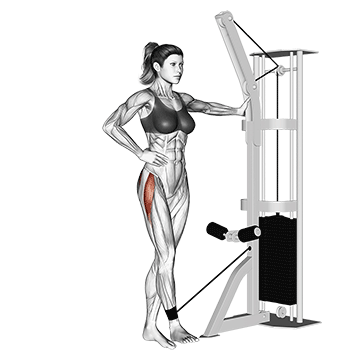
Equipment: Cable machine + ankle strap
How to:
- Attach the ankle strap to your outer ankle.
- Stand tall, holding the machine for support.
- Keeping your core tight, lift your leg sideways.
- Pause, then return slowly.
Benefit: Offers constant resistance and a full range of motion.
2. Resistance Band Side Steps
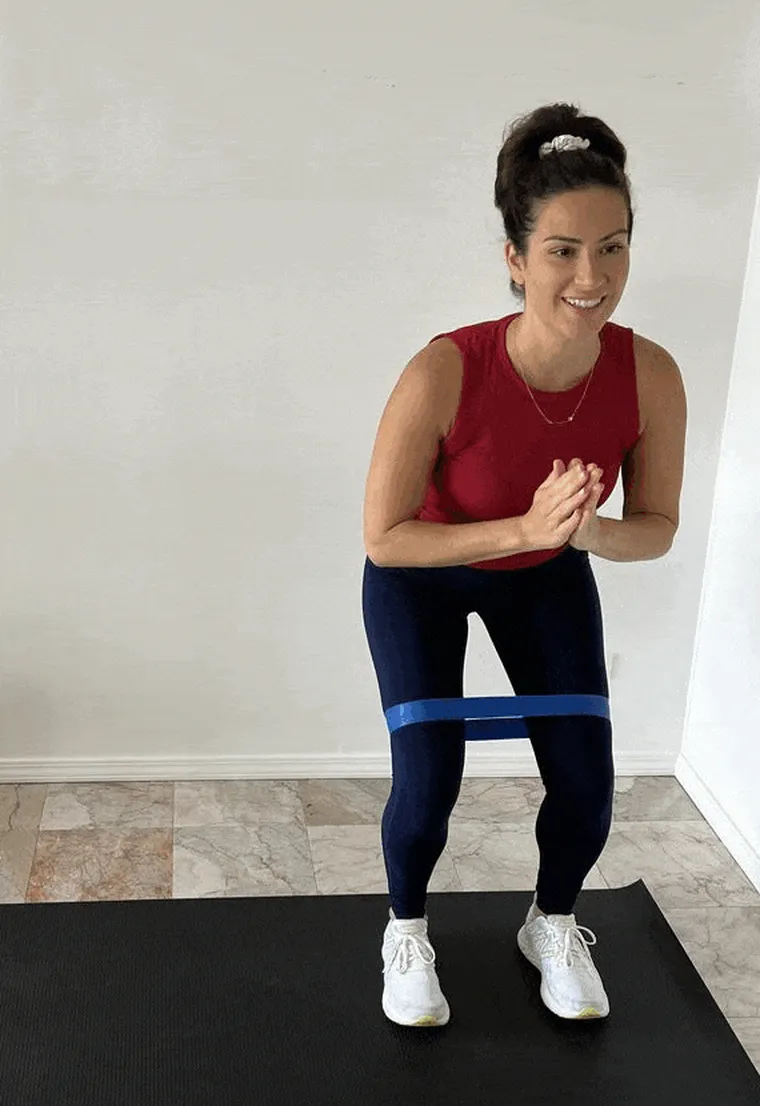
Equipment: Loop resistance band
How to:
- Place the band just above your knees.
- Lower into a half squat.
- Step side-to-side while keeping tension on the band.
Benefit: Activates glute medius and improves lateral strength.
3. Smith Machine Lateral Leg Raise
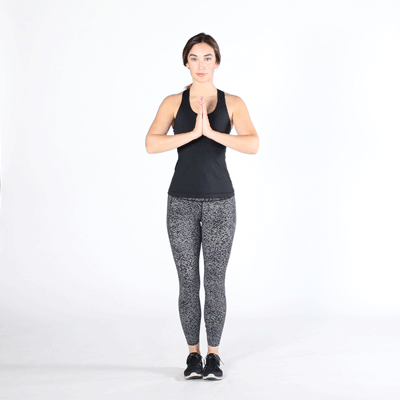
Equipment: Smith machine bar for support
How to:
- Hold the bar for balance.
- Lift one leg to the side while keeping your torso still.
- Slowly lower and repeat on both sides.
Benefit: Perfect for isolating the abductor without needing free weights.
Also Read: 10 Must-Try Trapezius Exercises Using Gym Equipment You’re Underusing
4. Seated Abductor Machine
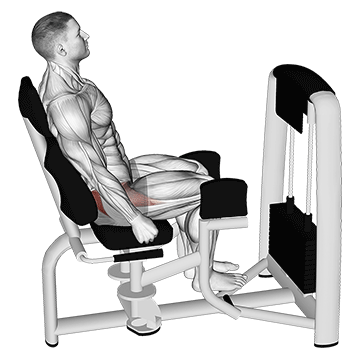
Equipment: Hip abduction machine
How to:
- Sit with legs inside padded levers.
- Push outward against resistance.
- Slowly return and repeat.
Benefit: Specifically targets outer glutes with controlled form.
5. Standing Abduction with Ankle Weights
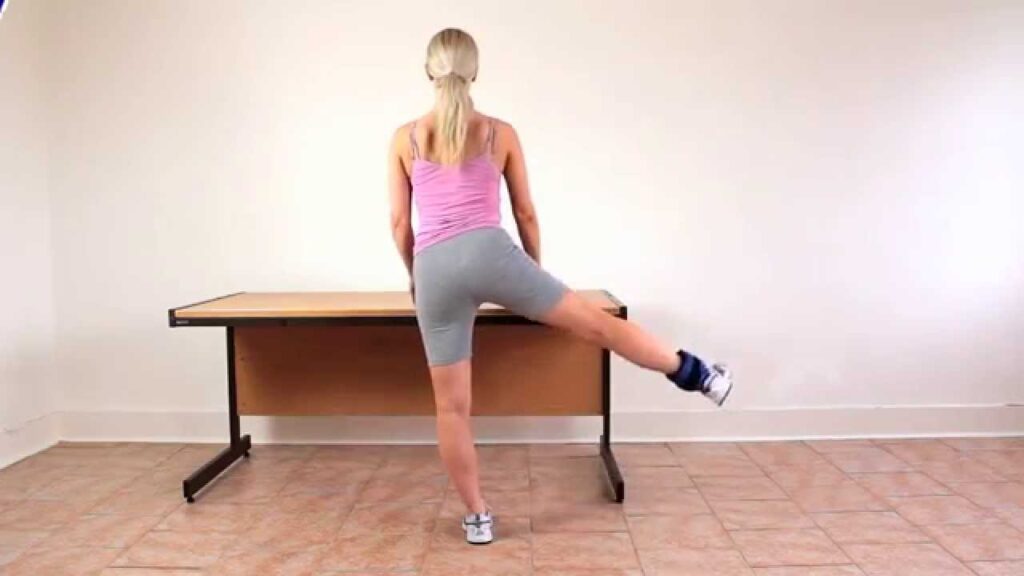
Equipment: Ankle weights
How to:
- Stand tall, weight on one leg.
- Lift the other leg to the side.
- Hold for 1–2 seconds, then lower.
Benefit: Great for controlled, slow movements that isolate abductors.
6. Side-Lying Cable Kickouts
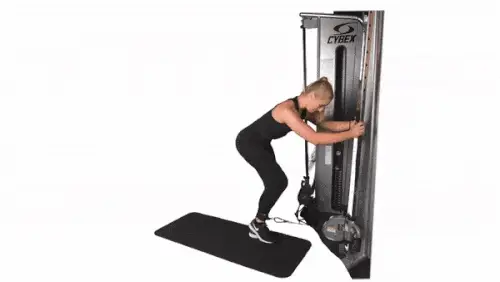
Equipment: Cable machine + ankle strap
How to:
- Lie on your side with a strap on your outer ankle.
- Kick your leg upward and slightly back.
- Pause at the top and return.
Benefit: Adds dynamic range to traditional side leg lifts.
Also Read: 12 Secret Bodyweight Forearm Exercises (No Weights, Maximum Gains)
7. Banded Lateral Walk on Treadmill

Equipment: Loop resistance band + treadmill
How to:
- Wear the band around your thighs.
- Set the treadmill at a slow pace.
- Walk sideways while maintaining tension.
Benefit: Increases time under tension while training coordination.
8. Glute Kickback with Resistance Band
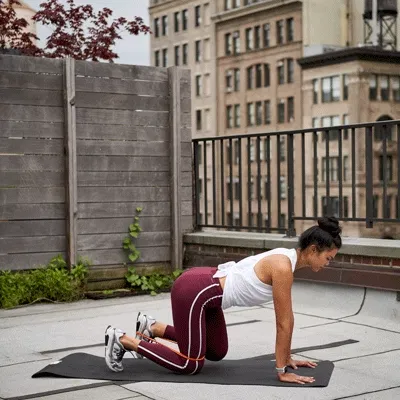
Equipment: Long resistance band
How to:
- Anchor the band under your hands.
- Extend one leg backward and slightly to the side.
- Return with control.
Benefit: Hits glutes and abductors in a functional movement pattern.
9. Leg Press Hip Abduction

Equipment: Leg press machine
How to:
- Place feet wide on the platform, toes slightly outward.
- Push out and focus on abducting the knees.
- Return under control.
Benefit: Doubles as a glute and abductor strengthener.
Also Read: 10 Gym-Only Shoulder Exercises That Maximize Strength & Muscle Definition
10. Standing Kettlebell Lateral Swing
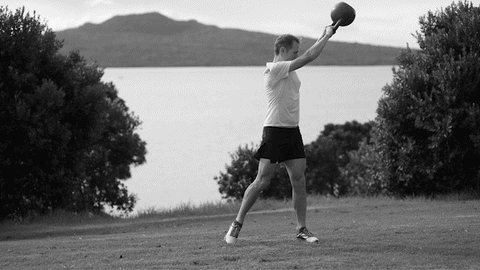
Equipment: Light kettlebell
How to:
- Hold the kettlebell in one hand.
- Swing one leg outward while balancing on the other.
- Engage the core throughout the motion.
Benefit: Boosts balance while activating abductors.
11. Lateral Step-Up with Dumbbells
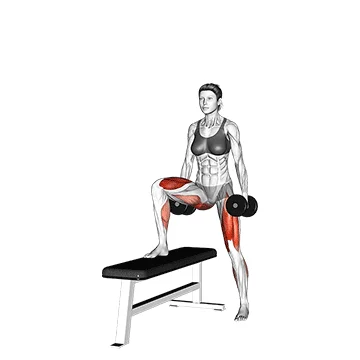
Equipment: Dumbbells + plyo box or bench
How to:
- Stand beside the box.
- Step up laterally with one leg, driving through the heel.
- Lower back slowly.
Benefit: Works abductors dynamically and builds unilateral strength.
Pro Tips for Best Results
- Focus on control over speed – Especially during the eccentric (lowering) phase.
- Add variety – Switch between bands, cables, machines, and weights.
- Frequency matters – 2–3 times per week is ideal for noticeable gains.
Also Read: 15 Must Do Bodyweight Quad Exercises for Sculpted, Stronger Thighs
Conclusion
Your hip abductors deserve more attention than a quick stretch or occasional leg lift. With the right equipment and exercises, you can strengthen your hips, protect your knees, improve your athleticism — and yes, sculpt those side glutes for an extra pop.
So next time you plan your leg day or full-body workout, don’t skip these 11 abductor moves. Your hips will thank you — and so will your performance, posture, and balance.
Frequently Asked Questions (FAQs)
What do abductor exercises actually do?
Abductor exercises target the muscles responsible for moving your legs away from the center of your body, especially the gluteus medius, gluteus minimus, and tensor fasciae latae (TFL). These muscles stabilize your hips, improve balance, and support your knees.
How often should I do abductor workouts?
You can train your abductors 2 to 3 times per week, allowing at least 48 hours of rest between sessions for proper recovery. Include a mix of light and moderate resistance for best results.
Can I do these exercises at home?
Yes! Several exercises like resistance band side steps, ankle weight leg raises, and standing abductions can easily be done at home with minimal equipment. You only need bands, dumbbells, or ankle weights.
Are abductor exercises good for knee pain?
Absolutely. Weak abductors can lead to poor hip-knee alignment, which stresses the knees. Strengthening them helps improve joint stability and can reduce knee pain, especially in runners or people with patellofemoral pain syndrome.
Do these exercises also work the glutes?
Yes! Most abductor exercises also activate the gluteus medius and minimus, which are part of the glute muscle group. Some even work the gluteus maximus, especially when performed standing or in a semi-squat position.
Can beginners do equipment-based abductor exercises?
Definitely. Beginners can start with resistance bands or light ankle weights, then gradually progress to machines and cables as strength improves. Always prioritize form over heavy resistance.
How long before I see results in hip strength or shape?
You may notice improved stability and posture within 2–3 weeks, while visible changes in shape or tone typically take 4–8 weeks of consistent training and proper recovery.
Are abductor machines safe to use?
Yes, when used with proper form and moderate resistance. Avoid jerky motions, and don’t overload the machine, especially if you’re new to it. Always keep your back supported and movement controlled.
Can abductor exercises help with hip dips?
They can help strengthen and fill out the muscles around the hip dip area, especially the glute medius, but genetics also play a role. While they may not eliminate hip dips, they can enhance the appearance of the surrounding area.










